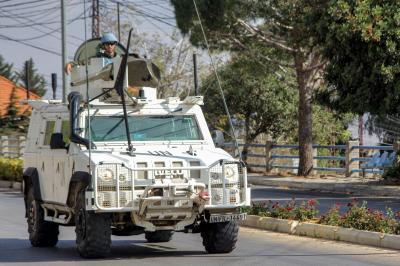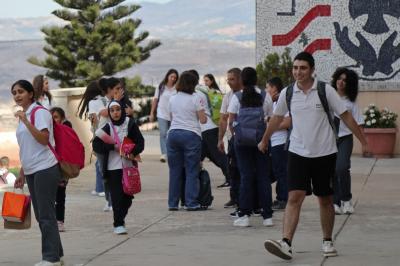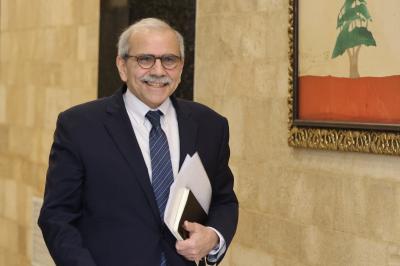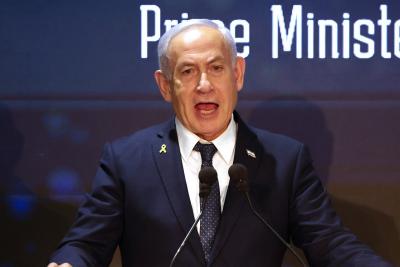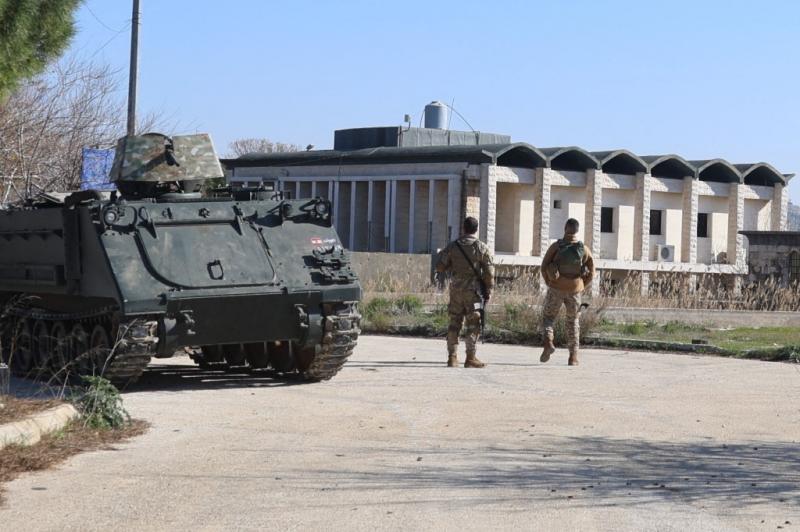A resurgent conflict in eastern Congo threatens to explode into a war that could redraw Africa’s future and disrupt the global race for critical minerals powering the 21st-century economy.
The Democratic Republic of the Congo (DRC), a nation the size of Western Europe, is in the grip of a recurring crisis in the resource-rich eastern provinces of North and South Kivu, where the M23 Tutsi rebel group, a militia created in 2012, has seized strategic cities and mining hubs at an unprecedented pace.
Recent Key Developments
Early this month, M23 captured Goma and Bukavu, capitals of North Kivu and South Kivu provinces, both serving as economic lifelines.
The rebels now control Rubaya, a coltan mining town that supplies 50% of the DRC’s production of this mineral essential for smartphones and missiles, in what amounts to a resource grab.
UN reports confirm that neighboring Tutsi-majority Rwanda, used its artillery in support for M23, while Uganda, another neighboring country, deploys troops under bilateral agreements, echoing the 1996–2003 Congo Wars that drew nine nations into Africa's "Great War,” with a threat of a renewed regional collusion.
The Regional Domino Effect
Rwanda President Paul Kagame denies involvement yet his country stands accused of backing M23 to secure mining revenues and buffer against Hutu militant groups. The stakes? A slice of the DRC’s $24 trillion mineral wealth, including cobalt (70% of global supply) and lithium. Kagame is said to be playing a dangerous game, which is not just about resources, but about regional dominance
Uganda, ostensibly aiding Congo against Islamist Allied Democratic Forces (ADF) rebels, has troops in Bunia—a strategic crossroads near gold and oil reserves. President Yoweri Museveni risks clashing with Rwandan forces, reviving 2019 border tensions that cost both nations $1 billion in trade losses.
Neighboring Hutu-majority Burundi had deployed troops in South Kivu but withdrew them at the beginning of this month after failed joint operations, weakening President Évariste Ndayishimiye's regime. A power vacuum there could reignite ethnic violence, spilling refugees into Tanzania and Rwanda.
The conflict mirrors the 1990s Congo Wars, which killed 5.4 million people. Today, seven million Congolese are displaced, with camps along the Rwandan border becoming tinderboxes for disease and radicalization.
Batteries, Bullets, Big Power Rivalries
The DRC's cobalt is vital for electric vehicle (EV) batteries, yet 85% of its mines are Chinese-owned. Beijing’s tacit support for Rwanda—a key Belt and Road partner—complicates Western efforts to break China's green tech monopoly. Meanwhile, Wagner Group remnants court M23 leaders, seeking uranium for Russia's war machine.
Rwanda’s alleged annual revenue from smuggled Congolese minerals amounts to $1 Billion, while the price of cobalt surged 2,100% since 2016, driven by EV demand.
At the beginning of this year, the United States pledged $2 billion to develop Zambia's copper industry, a direct challenge to China’s Congolese cobalt dominance. Who controls these minerals controls the energy transition.
Humanitarian Catastrophe
Behind the geopolitical chess game lies a staggering human toll: More than 100 civilians were killed in North Kivu since February; the UN documented more than 1,200 rapes so far this month alone. Rape is used as a weapon of war. And M23’s recruitment of minors surged, with 450 cases verified in the first quarter of this year.
In Goma’s camps, cholera and measles outbreaks overwhelm clinics.
Failure of International Solutions
The African Union’s delayed African Standby Force has left a void filled by ineffective regional coalitions. The Southern African Development Community (SADC) began withdrawing troops this month after losing 17 soldiers, while Angola’s mediation efforts floundered.
Despite UNSC Resolution 2773 demanding a ceasefire, the UN mission MONUSCO has been reduced to observer status.
The United States and EU have condemned violence but have also avoided sanctioning Rwanda—a key ally in Central Africa. Meanwhile, their push for “conflict-free minerals” lacks enforcement, allowing smugglers to relabel Congolese cobalt via Rwandan ports.
Four Scenarios for Africa’s Future
There are four scenarios stretching from a regional war to an African success story.
Given the military, political and geopolitical realities, there is a 40% likelihood of a regional war, starting with clashes between Uganda and Rwanda, merging with South Sudan civil war, drawing Chad and Eritrea into a conflict spanning the continent’s center.
There is also a 30% likelihood of the DRC fragmentation with M23 declaring an eastern proto-state (Tustsi autonomous entity), inspiring secessionists in Katanga and Ituri.
On the optimistic side, there is a 20% possibility of forming the Great Lakes Consortium with a U.S./EU-brokered deal sharing mineral revenues among DRC, Rwanda, and Uganda.
And there is a 10% possibility for the African Union to succeed in stabilizing Goma.
Path Forward
Solutions require balancing realism and justice, starting with imposing immediate sanctions with teeth on Rwanda and freezing its mineral exports until UN investigators access alleged smuggling routes. There is also an immediate need to establish humanitarian air bridges to bypass blocked roads to deliver aid via drone networks.
No solution will last if local communities are not given a share of the wealth buried in their region. Also, mineral tracing could starve rebels of funds.
On the diplomatic front, the solution requires reviving the 2003 peace talks with Rwanda's economic integration as a carrot. At the same time, a U.S./EU funding is required to fast-track the deployment of the African Standby Force.
 French
French

